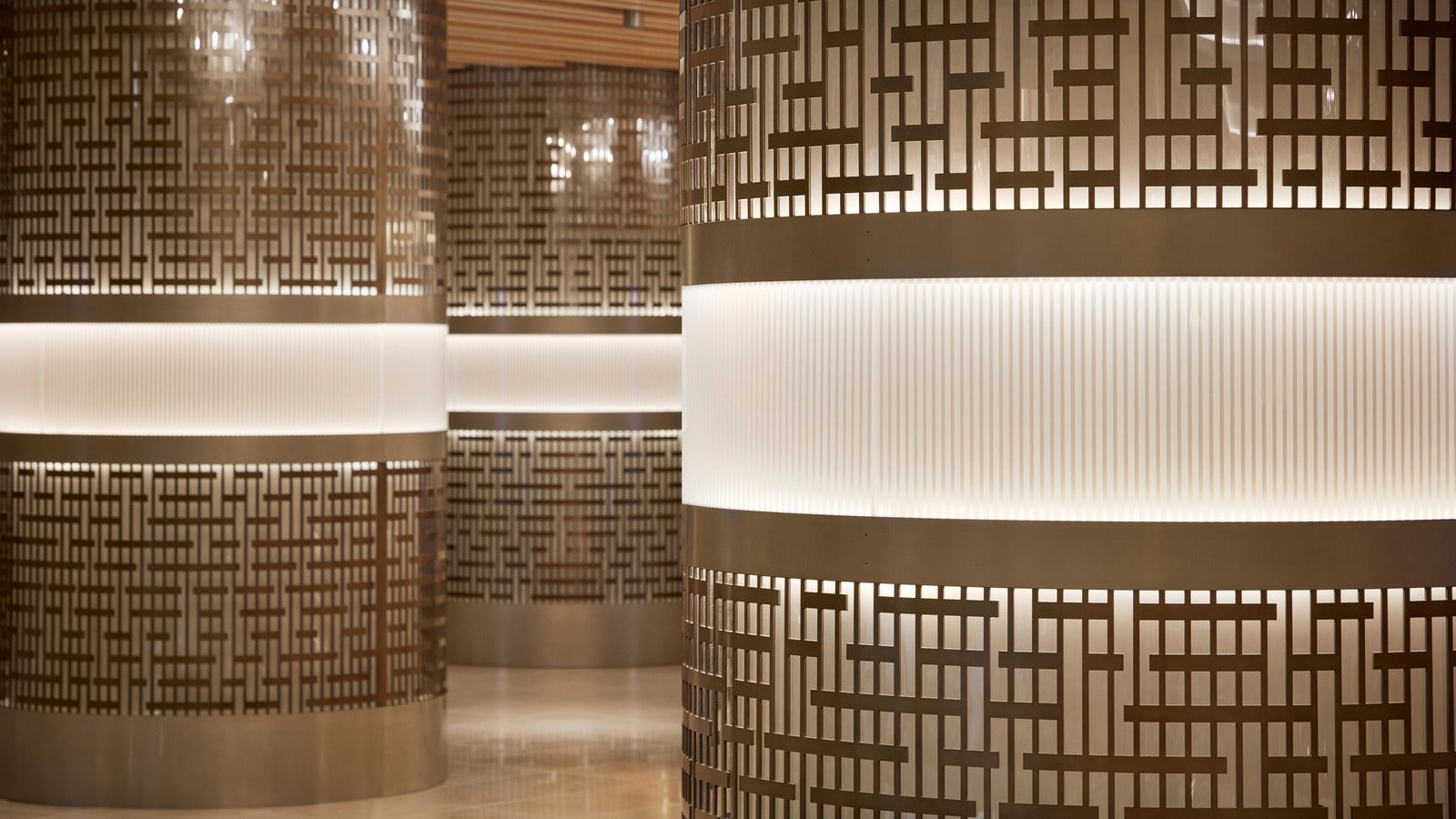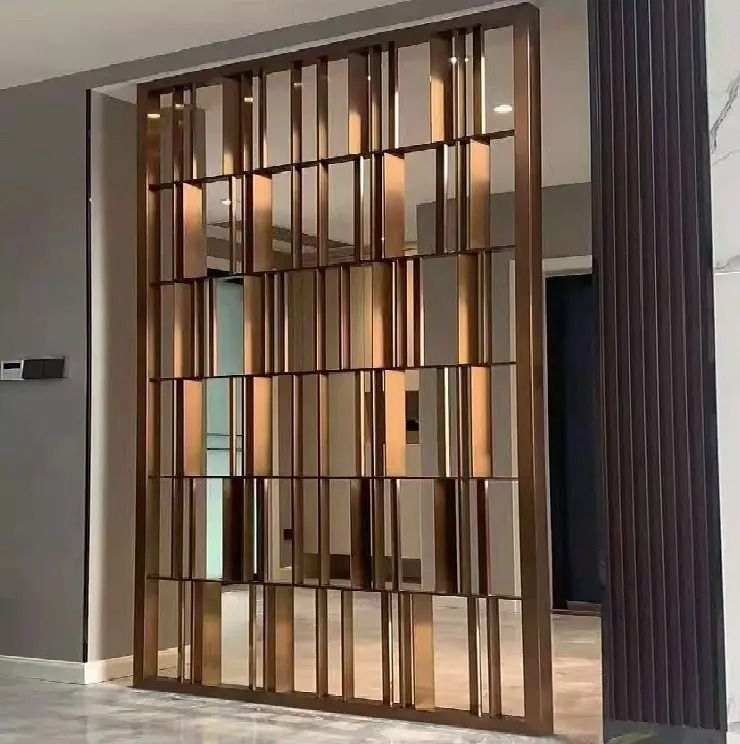

ABOUTUS
Foshan Xinye Stainless Steel Co., Ltd. focuses on the customization of stainless steel decorative lines, stainless steel honeycomb panels, stainless steel screens, and high-end stainless steel products. It is positioned as a metal product company that provides high-end customized R&D, design, production and sales for visit, guide and negotiate business.
The company was established in 2000. Its predecessor was mainly engaged in stainless steel surface processing and processing. In recent years, it has been focusing on high-end customization of stainless steel decorative lines, honeycomb panels, and metal products. It has German TRUMPF laser cutting machines, CNC bending machines, shearing machines, and other advanced precision sheet metal equipment, and a group of welding and grinding teams with more than 10 years of experience. We focus on every detail, every process, every workpiece, and every work. From raw material selection, processing sampling, finished product quality inspection to packaging and delivery, we have established a comprehensive and strict quality inspection management system. We always adhere to the business philosophy of "excellence in professionalism and success in service" to provide high-quality one-stop services to our customers.



